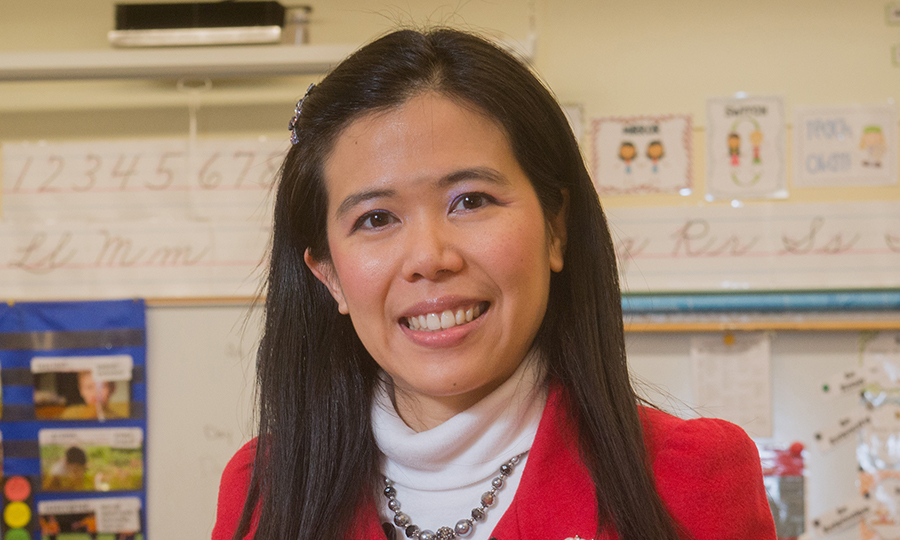Calendar Icon
Feb 17, 2022
Person Bust Icon
By Karl Vogel
![]() RSS
Submit a Story
RSS
Submit a Story

Josephine Lau is aiming to build on results gleaned from a previous federal study to help K-12 schools across Nebraska create better learning environments for students.
In that study, Lau was part of a University of Nebraska-Lincoln team that found math and reading scores were related to temperature in the classroom and that certain other air quality factors affected reading as well.
Building on that broad foundation, she has begun a new project with funding from the Nebraska Department of Education – a two-year, $556,000 grant titled "The Efficacy of Air Filters in Classrooms on Student Academic and Learning Outcomes" – that will analyze to what extent air cleaning devices in classrooms impact students' learning and health.
"Two things motivate this study: We know COVID-19 is an airborne virus, and schools are looking for ways to further improve air quality to protect their students," said Lau, associate professor of architectural engineering. "We also know that many are using air treatment units that plug into a wall and recirculate the air. But we don't know how well they work, in terms of protecting the students and improving the academic outcome in the long run."
State Senator Eliot Bostart of Lincoln introduced LB 630 in January 2021, calling for the Education Department to provide a grant for this study. It was passed in late April and signed by Governor Pete Ricketts in May.
Lau's team began working in September 2021, lining up school district partners. They started by reaching out to some of the districts that worked with the Nebraska team from 2014-19 on a $1 million EPA-funded school environment study. The other faculty on that team were Lily Wang and Clarence Waters, professors from the Durham School of Architectural Engineering and Construction, and Jim Bovaird, associate professor of educational psychology. That project involved 220 public-school classrooms in districts within an hour's drive from Lincoln or Omaha.
The current project will expand to include about 300 classrooms from both public and private school districts in larger, more urban cities and smaller, more rural communities across Nebraska.
"We are very mindful to be more inclusive when recruiting classrooms," Lau said. "Several private and public schools have reached out to us saying they want to take part, and we're making an effort to reach out to more rural communities than we did before.
"We are confident that we will be able to see whether these air cleaners help in the long term and that we can advise schools as to which types of air cleaning technology are providing the greatest impacts."
Lau also changed the methodology for this project by installing different types of air cleaners and conducting the research as a blind study. Some classrooms will have air treatment devices; others will have placebos that only recirculate the air. Only the researchers will know which treatment groups are in which classroom.
Ultimately, Lau said, the objective is to find ways to make classrooms more conducive to learning by improving the physical environments.
"One thing Sen. Bostart mentioned in the bill was that this is a relatively low-cost way to improve student learning," Lau said. "A lot of research in the past has been about the teaching methodology or inventing new teaching experiences, and usually those are more expensive options. Improving the air quality by air cleaning is less labor-intensive and relatively cost-effective, and it could lead to a meaningful impact for students."
Submit a Story